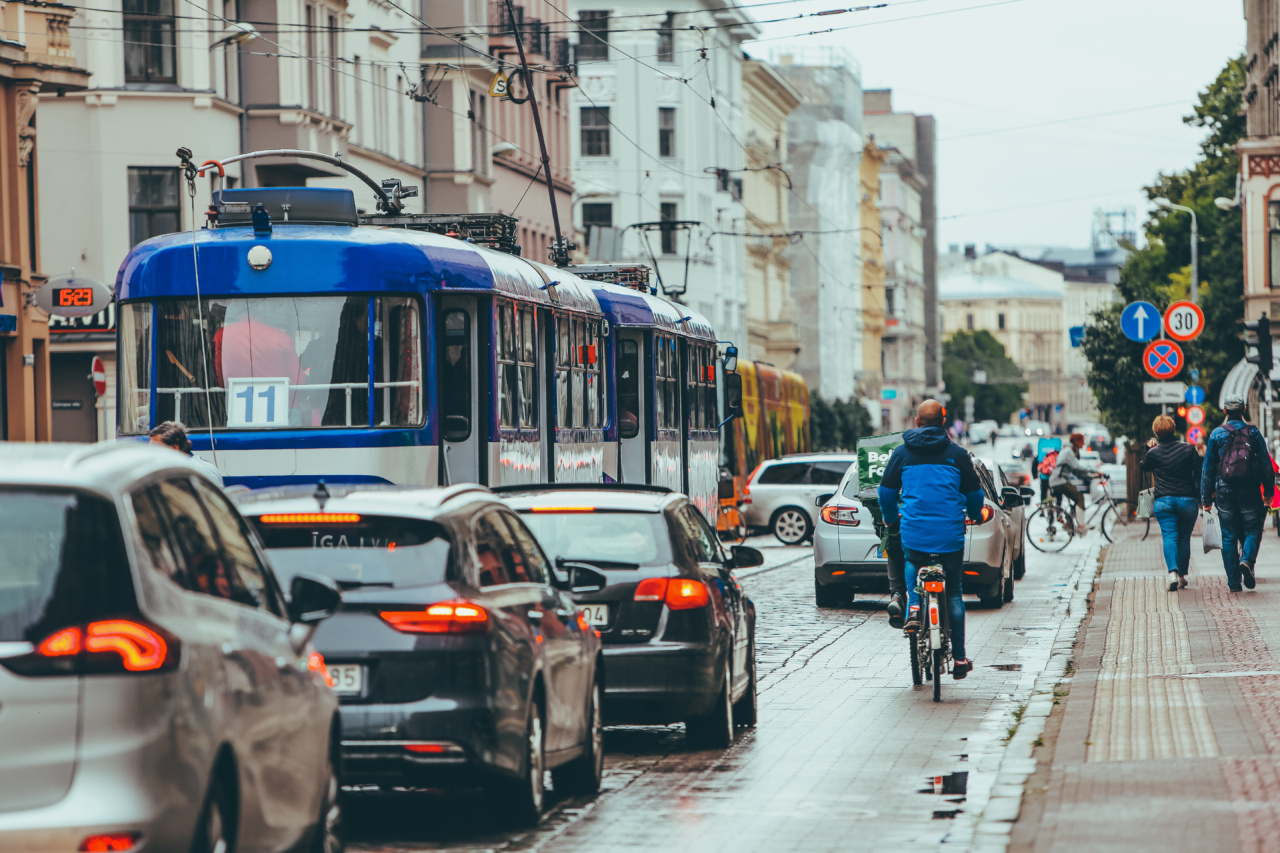Living near central roads can have a significant impact on an individual’s overall health and well-being.
The constant exposure to various pollutants, noise pollution, and increased traffic-related risks can make people residing near central roads more susceptible to a variety of diseases. In this article, we will explore the potential health risks associated with living near central roads and understand the factors that contribute to these risks.
We will also discuss preventive measures that can be taken to minimize the impact on health.
The Impact of Air Pollution
Air pollution is one of the most significant health hazards associated with living near central roads. Vehicle emissions and the presence of industrial complexes near these roads contribute to higher levels of air pollution in the surrounding areas.
Inhalation of these pollutants can lead to various respiratory diseases such as asthma, bronchitis, and even lung cancer. Additionally, long-term exposure to air pollution has been linked to cardiovascular diseases, including heart attacks and strokes.
Noise Pollution and its Health Effects
Living near central roads exposes individuals to high levels of noise pollution. Constant exposure to loud traffic noises can have detrimental effects on both physical and mental health.
Studies have shown that long-term exposure to excessive noise can lead to stress, sleep disturbances, hearing loss, and even cardiovascular issues. It can also increase the risk of developing mental health problems such as anxiety and depression.
Traffic-Related Health Issues
Besides air and noise pollution, people residing near central roads face higher risks of traffic-related health issues. The increased traffic flow and proximity to busy roads increase the likelihood of accidents and injuries.
Pedestrians and cyclists living near central roads are particularly vulnerable, as they are more exposed to potential collisions with vehicles. These accidents can result in severe injuries or even fatalities.
Respiratory Diseases and Central Road Proximity
Living near central roads with higher levels of air pollution can significantly impact respiratory health. The fine particulate matter (PM2.5) and other toxic gases emitted by vehicles can irritate the airways and cause inflammation.
This can lead to the development or worsening of respiratory conditions, such as asthma, chronic obstructive pulmonary disease (COPD), and other respiratory infections. Children and the elderly are especially susceptible to these health risks.
Cardiovascular Diseases and Central Road Proximity
The increased exposure to air pollution and noise near central roads can have a profound impact on cardiovascular health.
Fine particulate matter and pollutants in the air can enter the bloodstream through inhalation, triggering systemic inflammation and damaging blood vessels. Over time, this chronic inflammation can lead to the development of cardiovascular diseases, including hypertension, atherosclerosis, and an increased risk of heart attacks and strokes.
Mental Health Challenges
The constant exposure to noise pollution and the stress associated with living near central roads can take a toll on mental health.
Studies have found a correlation between living near high traffic areas and increased rates of anxiety, depression, and overall psychological distress. Noise pollution disrupts sleep patterns, impairs concentration, and contributes to feelings of irritability and frustration. These factors can significantly impact an individual’s mental well-being.
Preventive Measures to Minimize Health Risks
While it may be challenging to completely avoid the health risks associated with living near central roads, there are several preventive measures that individuals and authorities can take to minimize their impact. These include:.
1. Planting Trees and Green Spaces
Planting trees and creating green spaces near central roads can act as a physical barrier between the road and residential areas. Trees help absorb air pollutants, reduce noise levels, and improve overall air quality.
Green spaces also provide opportunities for physical activity, which can counteract the negative effects of living near busy roads.
2. Implementing Traffic Management Strategies
Authorities should implement traffic management strategies to minimize congestion and improve traffic flow near central roads. This can help reduce emissions, noise levels, and the risks of accidents.
Measures such as traffic signal optimization, designated bicycle lanes, and pedestrian-friendly infrastructure can make the area safer and more accessible for residents.
3. Enhancing Building Design
Constructing buildings with improved insulation and soundproofing can help reduce noise pollution for individuals living near central roads.
Proper ventilation and air filtration systems can also filter out harmful pollutants and improve indoor air quality, minimizing the effects of outdoor air pollution on residents’ health.
4. Promoting Active Transportation
Promoting alternative modes of transportation, such as walking, cycling, and public transit, can reduce the number of vehicles on central roads.
Encouraging residents to opt for active transportation methods can help mitigate air and noise pollution while promoting physical activity and reducing traffic-related health risks.
5. Educating and Raising Awareness
Educating residents about the potential health risks associated with living near central roads is crucial.
Awareness campaigns can help individuals take necessary precautions, such as using air purifiers, keeping windows closed during peak traffic hours, and adopting healthy lifestyle practices to strengthen their respiratory and cardiovascular systems.
Conclusion
Living near central roads exposes individuals to increased risks of diseases due to air pollution, noise pollution, and traffic-related hazards.
The constant exposure to pollutants can lead to various respiratory and cardiovascular diseases, while noise pollution can have significant impacts on mental health. However, implementing preventive measures such as creating green spaces, improving traffic management, enhancing building design, promoting active transportation, and raising awareness can help minimize these health risks.
By understanding the factors involved and taking appropriate precautions, individuals residing near central roads can protect their health and well-being.






























